We may earn money or products from the companies mentioned in this post. This means if you click on the link and purchase the item, I will receive a small commission at no extra cost to you … you’re just helping re-supply our family’s travel fund.
Once known only to seasoned travelers and curious explorers, these stunning destinations offered untouched beauty, peace, and a sense of wonder. But in the age of travel influencers and viral photo ops, many of these hidden gems have become overrun. The rise in foot traffic, commercialization, and environmental stress has altered their charm. While still breathtaking, these places have lost the solitude that once made them feel truly special.
Fogo Island, Canada

Perched off the coast of Newfoundland, Fogo Island once offered serene landscapes, rich culture, and slow, sustainable tourism. Known for its rugged cliffs and the iconic Fogo Island Inn, this destination drew those seeking solitude. But rising media attention and luxury travel interest have increased visitation, putting pressure on the island’s infrastructure and quiet way of life. While it still promotes sustainability, Fogo has shifted from off-grid gem to curated hotspot.
Monteverde,Costa Rica

Monteverde was once a quiet eco-paradise tucked into Costa Rica’s cloud forest. Its lush biodiversity and conservation-focused community attracted only the most dedicated nature lovers. Today, however, its fame has led to traffic congestion, increased lodging development, and habitat disruption. Though still beautiful, the crowds and noise have diluted the immersive jungle experience that once defined it, making solitude harder to find on its misty trails.
Gili Meno, Indonesia

Gili Meno was once the quietest of the Gili Islands, known for its soft beaches, turtle sanctuaries, and eco-lodges powered by solar energy. Its laid-back charm contrasted with the party-heavy atmosphere of Gili Trawangan. But rising tourism and social media exposure have brought crowds, noise, and reef damage. What was once a tranquil escape for couples and conservationists is now increasingly commercialized, threatening the island’s original eco-friendly vision.
Tofino, Canada
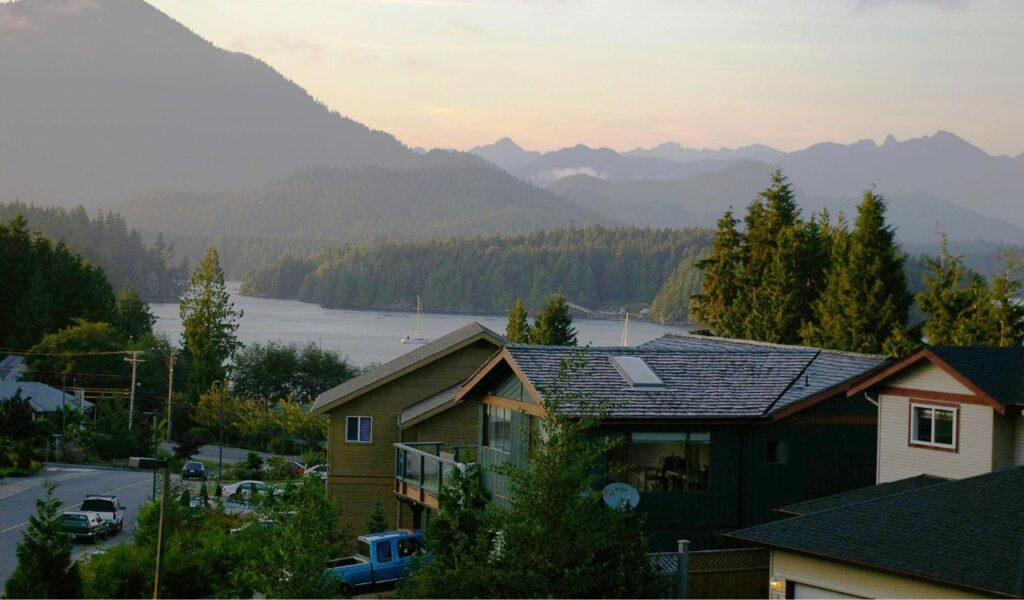
Located on the western edge of Vancouver Island, Tofino was long cherished by surfers, campers, and those in search of remote wilderness. Its windswept beaches, temperate rainforests, and hot springs offered an untouched retreat. But in recent years, the town has become a magnet for influencers and vacationers. Seasonal crowding, housing shortages, and environmental stress have followed, challenging the town’s ability to balance popularity with preservation.
Lefkada Island, Greece

Connected to mainland Greece by a bridge, Lefkada once felt like a hidden coastal escape. Its white-sand beaches and lush interior trails offered authentic experiences far from the overrun Greek isles. But rising accessibility and online fame—particularly of beaches like Egremni—have drawn crowds and developers. During peak season, Lefkada struggles with packed roads, full accommodations, and beach congestion, eroding the island’s once-secret status.
Las Coloradas Lagoon, Mexico
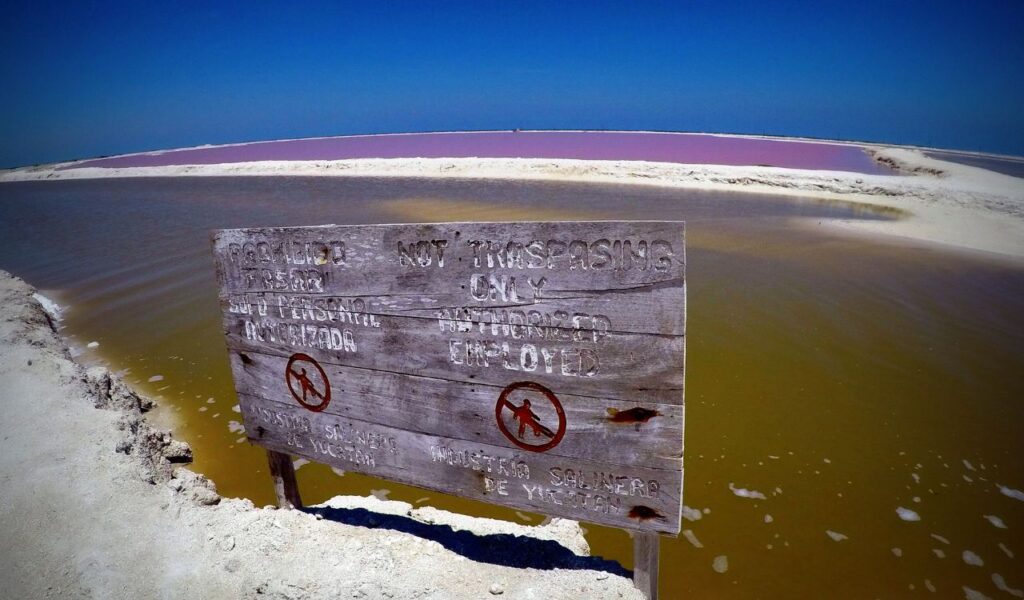
Famous for its stunning pink salt lagoons, Las Coloradas in the Yucatán was once a remote, peaceful place known only to locals and birders. The surreal colors created by red algae and plankton gained viral attention, bringing flocks of tourists. With limited infrastructure and fragile ecosystems, the area now battles overtourism, environmental wear, and restricted access. Flamingos still roam here, but the tranquility of the reserve has taken a hit.
Peter Lougheed Provincial Park, Canada
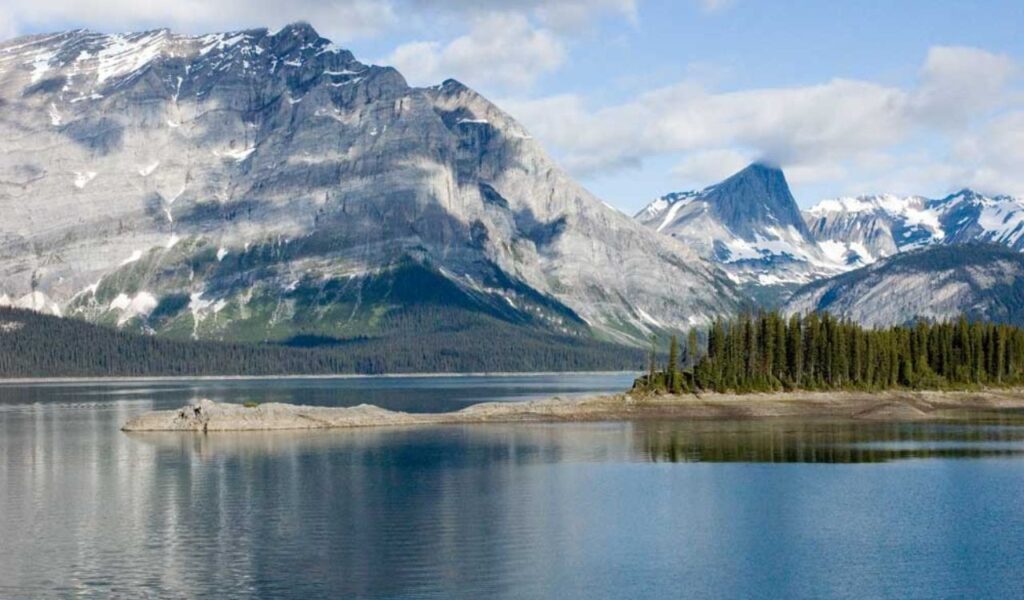
This gem of the Canadian Rockies was often overshadowed by nearby Banff. Once prized for its golden larches and accessible wilderness, Peter Lougheed now attracts thousands of visitors each fall. Social media trails have led to packed parking lots, worn paths, and increased pressure on wildlife. While the park still offers jaw-dropping beauty, its once-peaceful trails now compete with crowds seeking that perfect alpine photo op.
Rio Sucuri, Brazil
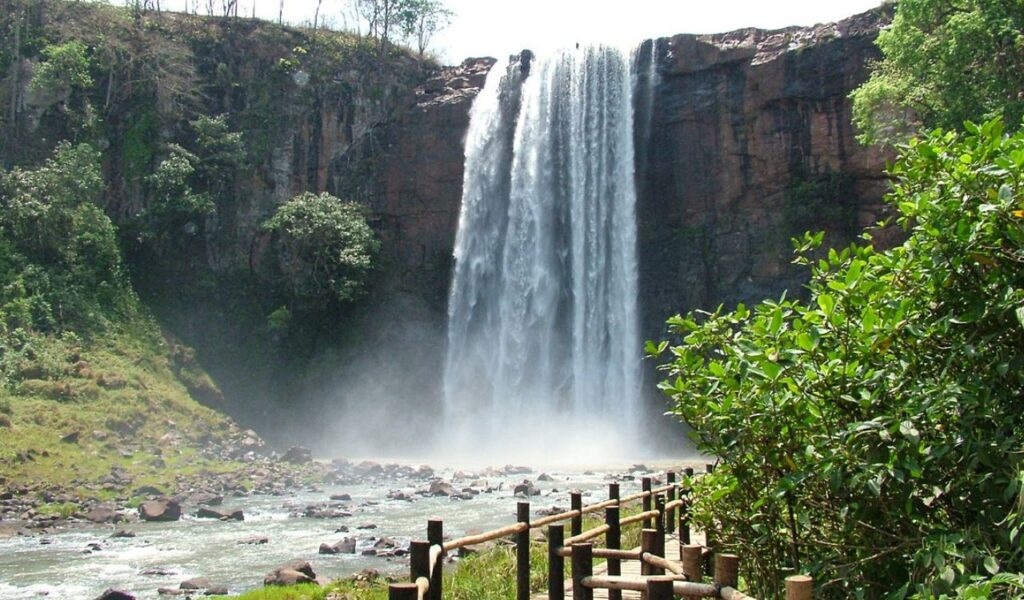
With spring-fed waters among the clearest on Earth, Rio Sucuri was a dream for snorkelers and nature lovers. Set deep in Brazil’s Mato Grosso do Sul state, it once felt like floating through a living aquarium. But fame brought larger tour groups and growing infrastructure, threatening the delicate aquatic life. Today, even with strict visitor controls, the river’s serene charm is tempered by human traffic and the need for constant management.
Pico Ruivo, Madeira, Portugal
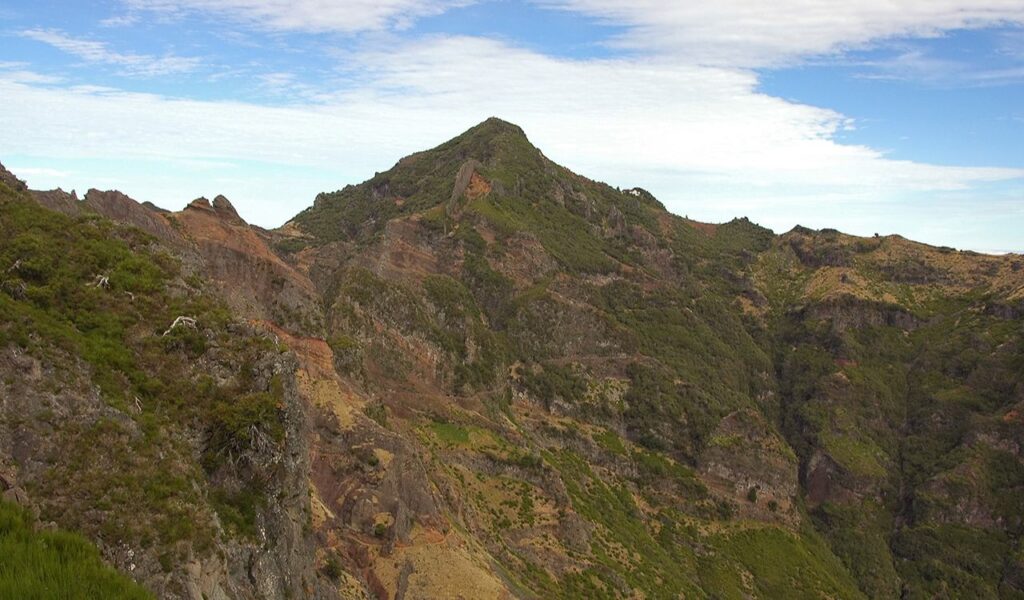
The trail to Pico Ruivo, Madeira’s highest peak, was once a secret known only to serious hikers. Nicknamed “Stairway to Heaven,” it offers epic vistas above the clouds. But Instagram fame turned it into a sunrise pilgrimage. The trail’s narrow paths and delicate alpine terrain are now strained by crowds, and the once spiritual solitude has been replaced with selfie sticks and early-morning rushes to beat the foot traffic.
Tarkine Rainforest, Australia
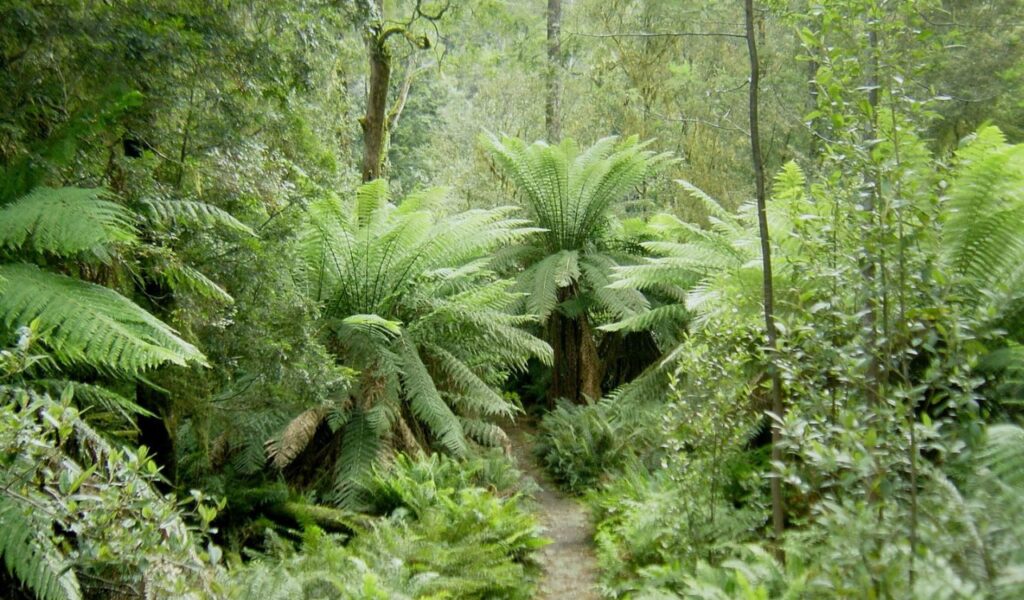
Tarkine, one of the world’s largest remaining temperate rainforests, was long untouched by mass tourism. Its moss-covered trails, ancient trees, and quiet rivers offered a true escape. Now, as Tasmania’s profile rises, Tarkine is drawing hikers and eco-tourists in growing numbers. While still remote, unmanaged access and unregulated camping risk long-term damage to sensitive habitats, and the once-whispered secret is steadily growing louder.
Sermilik Fjord, Greenland
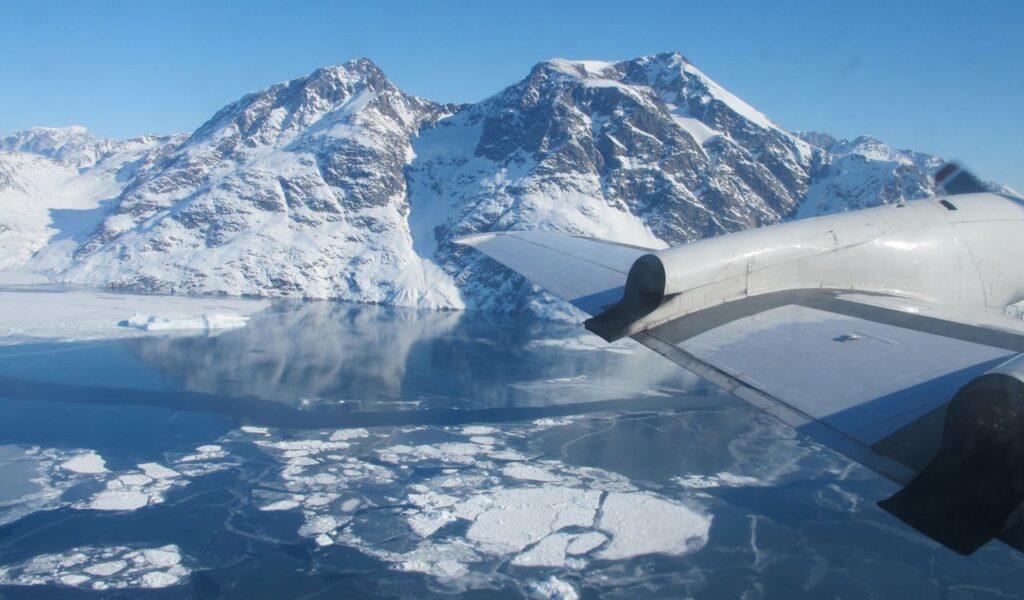
Sermilik Fjord’s icy expanse once attracted only the most intrepid adventurers. Home to towering icebergs and glacier-fed waters, it felt like a frontier untouched by time. Today, however, expedition cruises and adventure tourism have entered the scene. Though not yet overwhelmed, increasing traffic and warming temperatures are altering the region, raising concerns about how long this frozen wonderland can remain pristine.
Bazaruto Archipelago, Mozambique
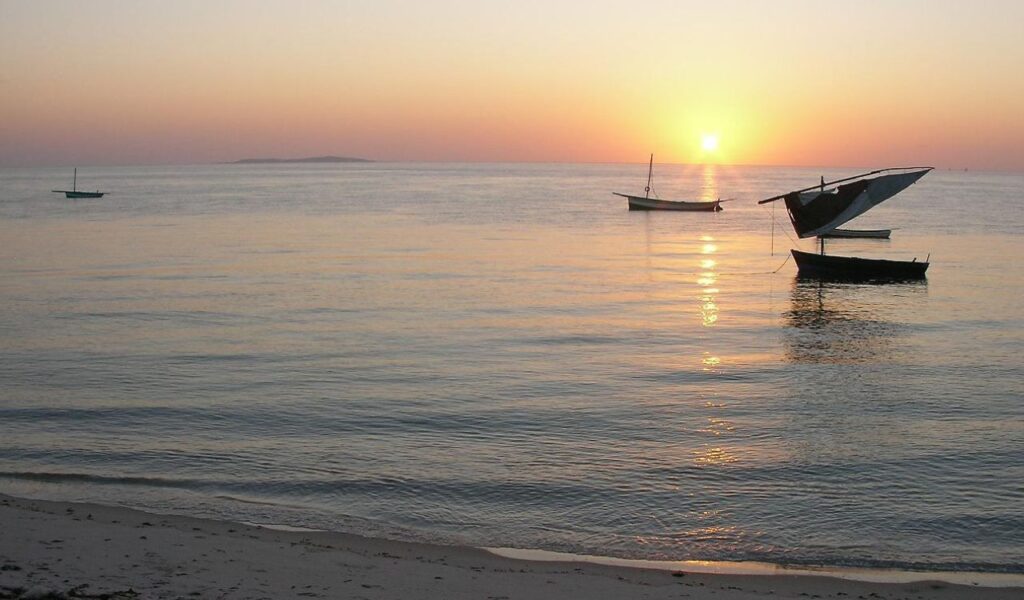
Bazaruto’s untouched beaches and kaleidoscopic coral reefs were once explored only by local fishermen and marine scientists. Now, high-end resorts and adventure seekers flock to its turquoise waters. Despite conservation efforts, the influx of tourists, divers, and development is impacting delicate ecosystems. Dugongs, sea turtles, and coral life face new challenges, as this once-undisturbed marine sanctuary becomes a luxury retreat.
Lake Willoughby, Vermont
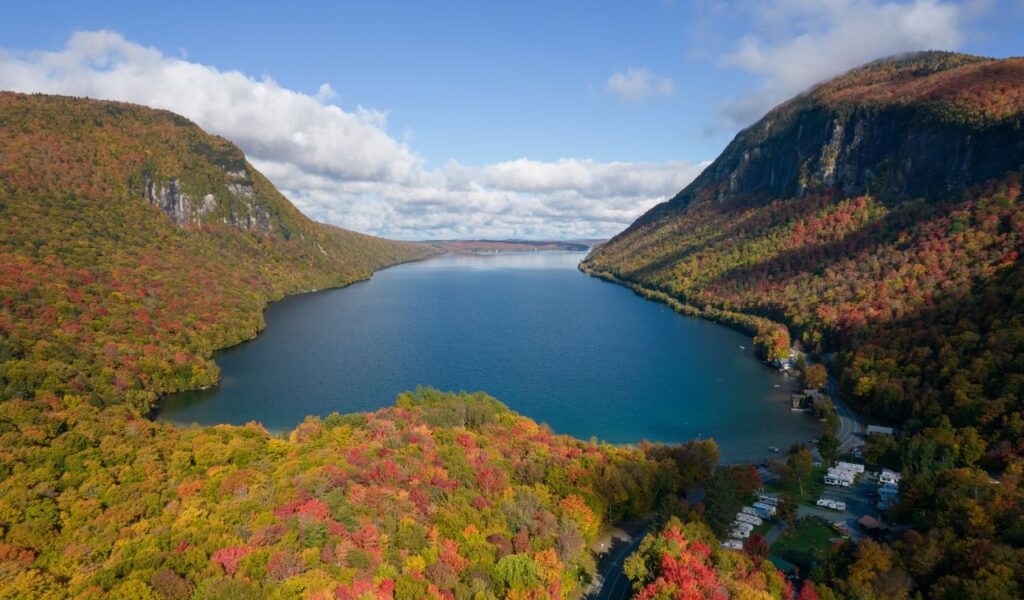
Once a quiet corner of Vermont’s Northeast Kingdom, Lake Willoughby was a best-kept secret among fall foliage lovers. Framed by Mounts Pisgah and Hor, the lake resembles a fjord and dazzles in autumn. But word spread, and now traffic jams, overbooked campgrounds, and shoreline crowding are common in peak months. The serenity that once defined this hidden gem is harder to experience amid rising popularity and seasonal overload.
Hallstatt, Austria

Hallstatt’s lakeside perfection once felt like a fairytale hidden in the Alps. Now, its cobblestone streets echo with tour groups and camera shutters. Viral fame brought thousands daily, overwhelming its tiny population and prompting crowd-control measures. The village still looks like a postcard, but its tranquility — the magic that once made it feel discovered — has faded into memory.
Other Blog Posts You Might Enjoy
www.idyllicpursuit.com (Article Sourced Website)
#Beautiful #Places #Lost #Hidden #Gem #Status #Overtourism #Idyllic #Pursuit
